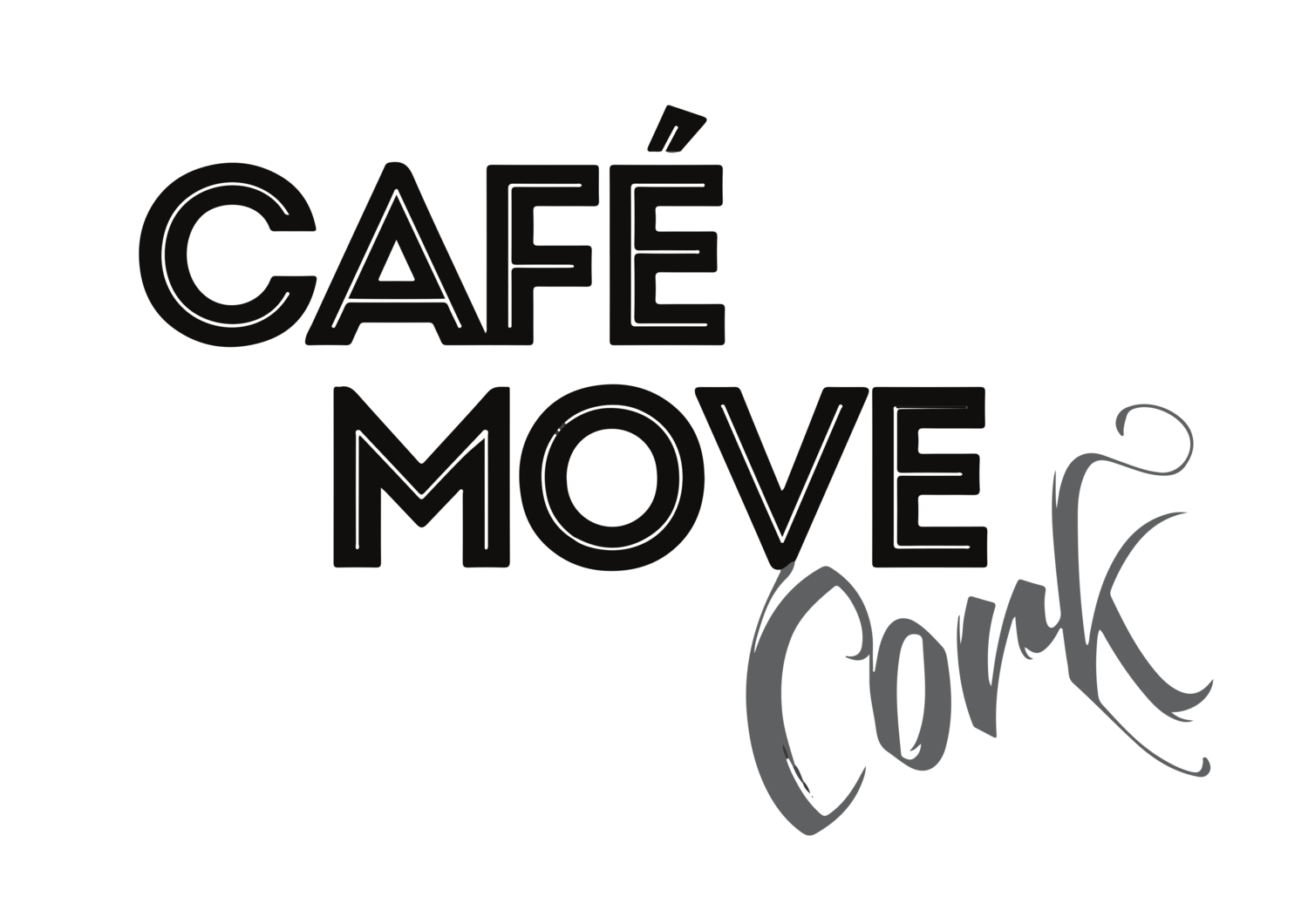Connect To Your Mind & Body With Movement Training
Discover a new way to move, learn, play and live
What Is Movement Training?
Movement training focuses on improving and optimising human movement patterns, coordination, mobility, and overall physical performance. It aims to enhance the your ability to move efficiently and effectively in various activities and functional tasks.
Movement training incorporates elements from different disciplines, including strength training, flexibility work, balance and coordination exercises, and body awareness practices. It emphasises movement quality, alignment, stability, and neuromuscular control.
Why Movement Training?
The primary differences between the Cafe Move Practice compared to standardised training/exercise regimes is the flexibility to individual needs and the broad scope of modalities integrated. We teach, with an aim to inspire, how to maintain sensible control of your fitness, and strength, while simultaneously expanding your coordination, body control, imagination, and expressive capacity.
Our Approach
Our aim is to create practice parameters that expose you to both new ways of moving, and your existing habitual movement patterns that may be less serving. The further your physical intelligence expands the better you become at expressing your potential, in the arts, sports, and arenas outside of physicality.
Movement training here at Cafe Move is considered to be the creation of your personal physical practice. It includes strength and mobility training, scientific stretching, as well as the formation of your personal physically therapeutic practice, designed to cultivate energy, improve connective tissue integrity, and myofascial elasticity. You, the client, become educated on the difference between training and practice and learn how to integrate both into your everyday life outside of your in person sessions.
With 12 years of experience in personal coaching our approaches to physical and personal development have been refined to principles that will be shared throughout your long term training, visiting as frequently (weekly) or seldomly (monthly) as you desire.
What our customers say
FAQs
-
Movement training focuses on improving and optimising human movement patterns, coordination, mobility, and overall physical performance. It aims to enhance the your ability to move efficiently and effectively in various activities and functional tasks.
Movement training incorporates elements from different disciplines, including strength training, flexibility work, balance and coordination exercises, and body awareness practices. It emphasises movement quality, alignment, stability, and neuromuscular control.
-
Your first session will be primarily an assessment and relative history review, as well as an introduction to Cafe Move practice principles.
During a movement training session, you can expect a variety of activities and exercises aimed at improving your movement patterns, enhancing coordination, and optimising physical performance. While the specifics may vary depending on your individual goals, here are some common elements you might encounter in a movement training session:
Warm-up and Mobility Work: A proper warm-up is typically conducted to prepare your body for movement. This may involve dynamic stretching, mobility exercises, soft coordination patterns, or other techniques to enhance joint range of motion and activate key muscles.
Functional Movement Patterns: You will likely engage in exercises that focus on functional movement patterns, such as squatting, lunging, pushing, pulling, twisting, and bending. These exercises are designed to improve overall strength, mobility, and stability, often using bodyweight or equipment like kettlebells, resistance bands, or free weights.
Core Training and Stability Work: Core training is commonly incorporated to improve core strength, stability, and postural control. Exercises targeting the abdominals, back muscles, and pelvic floor may be included to develop a solid foundation for movement.
Balance and Coordination Exercises: Balance and coordination drills may be incorporated to challenge your proprioception, motor skills, and postural control.
Proprioceptive and Body Awareness Exercises: Activities that enhance your body awareness, proprioception, and mind-body connection might be included. This could involve exercises that emphasize mindful movement, visualisation, or sensory feedback to enhance your perception and control of movement.
Progressions and Challenges: As you progress in your training, the exercises and activities may become more complex and challenging. The instructor may introduce variations, modifications, or additional equipment to continuously stimulate and improve your movement abilities.
Cool-down and Stretching: The session is typically concluded with a cool-down period, allowing your body to gradually return to a resting state. Stretching and relaxation exercises may be included to promote muscle recovery and flexibility.
Throughout the session, the instructor will guide and provide feedback on your technique, and movement quality. You may also be offered modifications or adjustments tailored to your specific needs or limitations.
-
The benefits of movement training reach from improved energy and athletic performance, to ease of body and mind, and new insight into personal conduct. As you become more connected to your body in movement you will further enjoy the embodied experience and the opportunities afforded by physical confidence. Movement training offers a wide range of benefits for individuals of various fitness levels and goals. Here are some key advantages of incorporating movement training into your fitness routine:
Improved Movement Quality: Movement training focuses on optimising movement patterns, enhancing coordination, and improving overall movement quality. It helps you move more efficiently and effectively, reducing the risk of injury and enhancing physical performance in various activities and sports.
Enhanced Strength and Stability: Movement training targets multiple muscle groups simultaneously, promoting functional strength development. It emphasizes core stability, which serves as a solid foundation for movement and helps improve posture, balance, and overall body control.
Increased Flexibility and Mobility: Movement training often includes exercises and techniques that improve joint mobility, flexibility, and range of motion. This can lead to increased freedom of movement, reduced muscle stiffness, and improved overall flexibility.
Better Body Awareness and Mind-Body Connection: Movement training encourages a heightened sense of body awareness and fosters a strong mind-body connection. It enhances your ability to perceive and control movement, promoting improved coordination, balance, and proprioception.
Functional Fitness and Everyday Performance: By focusing on functional movements and improving overall movement quality, movement training enhances your ability to perform everyday tasks and activities with greater ease and efficiency. It helps bridge the gap between training and real-life movements.
Injury Prevention: By addressing muscular imbalances, improving joint mobility, and enhancing stability and coordination, movement training can help reduce the risk of injuries, particularly those related to movement dysfunction or poor biomechanics.
Enhanced Sports Performance: Movement training can be highly beneficial for athletes, as it improves functional strength, agility, coordination, and movement efficiency. It can enhance sports-specific skills and contribute to improved athletic performance.
Mindful Movement and Stress Reduction: Movement training often involves a mindful approach to movement, emphasising focus, breath control, and present-moment awareness. This can help reduce stress, improve mental well-being, and promote relaxation.
Variety and Enjoyment: Movement training offers a diverse range of exercises and activities, providing variety and keeping workouts engaging and enjoyable. It can help prevent workout monotony and contribute to long-term adherence to a fitness routine.
Individualised and Scalable: Movement training can be tailored to individual needs, goals, and fitness levels. It offers scalability, allowing progression and modification of exercises to match your abilities and facilitate continued growth.
It's important to note that the benefits of movement training are often experienced over time and with consistent practice.
-
Choosing movement training over other options for personal training can offer several advantages depending on your goals and preferences.
The strength and mobility training program that is part of the Cafe Move Practice of movement training is designed in line with your goals, similar to conventional personal training. We keep a keen eye for detail in our teaching of body weight and resistance training with emphasis on comfort and control, progressing only when complete control is observed by yourself and the coach. The objectively measurable progress of your physical strength is coached in line with the development of your movement quality training.
With 12 years of experience in personal coaching our approaches to physical development have been refined to principles that will be shared throughout your long term training, visiting as frequently (weekly) or seldomly (monthly) as you desire.
We take an educators approach rather than a drill sergeant in compelling your movement practice instead of shrouding you with compulsory obligation. We want you to lead the exploration of your practice. You will be asked questions and conversations will be shared along the way. We do not deliver protocols forcing you into a mindless doer. We propose ideas, questions, movement puzzles, and coordinative challenges to assist you in learning to think and act for yourself – shedding any learned helplessness and further strengthening your physical independence. You will be treated as a competent adult co-creating your practice.
Here are some reasons why you might opt for movement training over classic personal training:
Holistic Approach: Movement training considers factors such as mobility, stability, coordination, and body awareness, aiming to optimise overall movement quality rather than focusing solely on isolated muscle groups or aesthetics.
Injury Prevention and Rehabilitation: Movement training helps reduce the risk of injuries by improving movement mechanics, correcting imbalances, and enhancing stability. It can also aid in the rehabilitation process for individuals with a history of injuries.
Performance Enhancement: By enhancing functional strength, mobility, coordination, and body control, movement training can improve performance in sports and physical activities.
Body Awareness and Mind-Body Connection: Movement training emphasizes body awareness, proprioception, and developing a strong mind-body connection, leading to improved coordination, balance, and control.
Long-Term Functionality: Movement training aims to promote long-term functionality by focusing on movement quality, joint mobility, and stability.
Variety and Engagement: Movement training offers a wide range of exercises, techniques, and equipment options, providing variety and keeping workouts engaging and interesting.
Individualised Approach: Movement training can be tailored to your specific needs, abilities, and goals, ensuring a personalized program that addresses your unique requirements.
Integration with Other Modalities: Movement training can complement and enhance other training modalities, improving movement efficiency and performance in various activities.








